
Daewoo
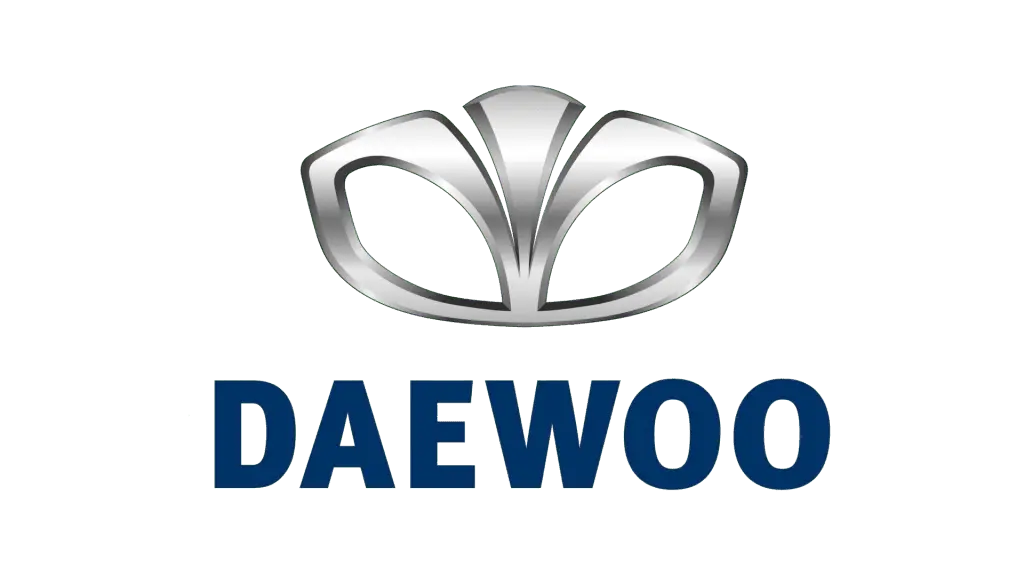
| Name: | DAEWOO |
| Year of foundation: | 1967 |
| Founders: | Kim Ujun |
| Belongs: | General Motors |
| Location: | Республика Корея: Seoul |
| News: | Read more... |
Body type: HatchbackSedanVan
Daewoo history
Contents FounderHistory of the Daewoo automobile brand Daewoo is a South Korean car manufacturer that has a rather long and no less fascinating history. Daewoo can be safely considered one of the largest South Korean financial and industrial groups. The company was founded on March 22, 1967 under the name "Daewoo Industrial". This world-famous company was once a small, nondescript auto repair shop, which contributed to its development and brought it celebrity in the near future. In 1972, at the legislative level, the right to engage in the production of cars was assigned to four companies, one of which was Shinjin, which later turned into a joint venture between Daewoo and General Motors, and then reincarnated as Daewoo Motor. But the changes took place not only in the name itself, but also in the status. From now on, Daewoo Corporation specialized in the production of South Korean cars. The headquarters is located in Seoul. On the eve of 1996, Daewoo built three large-scale technical centers in different countries: Worthing in the UK, in Germany and the Korean city of Pulyan. Until 1993 there was a collaboration with General Motors. The Asian financial crisis of 1998 did not pass by the company, limited access to cheap loans and so on. As a result - large debts, mass worker reductions and bankruptcy. The company came under the jurisdiction of General Motors in 2002. The biggest companies in the world fought to acquire it. The company has made a great contribution to the history of the automotive industry. Daewoo was founded in 1967 by Kim Woo Chung. Kim Woo Chung was born in 1936 in Daegu, South Korea. Kim Woo Chung's father was a teacher as well as a mentor to ex-president Park Chung Hee, who helped Kim in the future with regard to business guidance. As a teenager, he worked as a paperboy. He graduated from the prestigious Gyeonggi School, and further studied economics at Yonsei University, which is located in Seoul. After graduating from Yonsei, Kim took a job at a textile and sewing equipment corporation. Further, with the help of five like-minded people from the same university, he managed to create Daewoo Industrial. This company was recreated from several bankrupt firms, which soon turned it into one of the largest and most successful companies in Korea in the 90s. Daewoo felt the burden of the Asian crisis, driven to bankruptcy, with colossal huge debts, which were not even half covered by the 50 divisions of the corporation sold by Kim. Due to the huge amount of unpaid wages, Kim Wu Chung was put on the international wanted list by Interpol. In 2005, Kim Woo Chung was arrested and sentenced to 10 years in prison and fined $10 million. At that time, Wu Chung's fortune was estimated at $22 billion. Kim Woo Chung did not serve his sentence in full, as he was pardoned by President Ro Moon Hyun, who granted him amnesty. The history of the Daewoo automobile brand The company actively followed the European and Asian markets in the 80s, and in 1986 the first car under this brand was released. It is the Opel Kadett E. The car was exported to the market in other countries under a different name Pontiac le Mans, in the current market it was also called Daewoo Racer. The history of this car often changes its name. In the process of modernization, the name was changed to Nexia, this happened in 199a, and in Korea the model was called Cielo. This car appeared on the Russian market in 1993. After the assembly was carried out in branches of other countries. In addition to Nexia, in 1993 another car was demonstrated - Espero, and in 1994 it was already exported to the European market. The car itself was designed on the global platform of the General Motors concern. The Bertone company acted as the author of the design of the machine. In 1997, the production of cars of this brand in Korea was discontinued. At the end of 1997, the debut of Lanos, Nubira, Leganza models was presented on the international market. The compact model Lanos was produced with sedan and hatchback bodies. The budget for the production of this model cost the company 420 million rubles. dollars. In Korea, Lanos production stopped in 2002, but production continues in several other countries. Nubira (translated from Korean means “travel around the world”) - the car was introduced to the market in 1997, it was produced with various bodies (sedan, hatchback, station wagon), the gearbox was both manual and automatic. The design of this model itself took 32 months (two more than the design of the Lanos model) and was developed in Worthing. In the process of modernization, there were many innovations and improvements, especially in design, interior, engines and more. This model replaced the Espero. Sedan Leganza can be attributed to business class cars. A plethora of companies have put effort into creating this model. For example, the Italian company Ital Design made a colossal outcome in the design of the car, and several companies from different countries worked on the design of engines at once. Siemens was responsible for the electrical equipment and stuff.
No post found
No post found

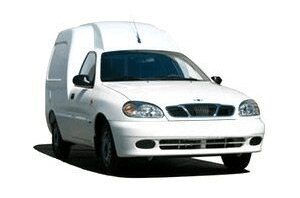
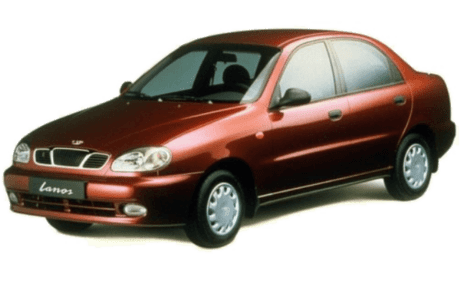
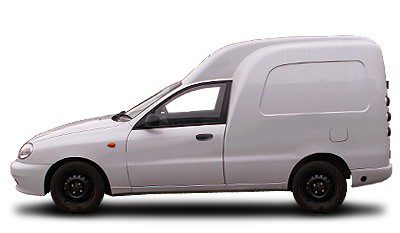
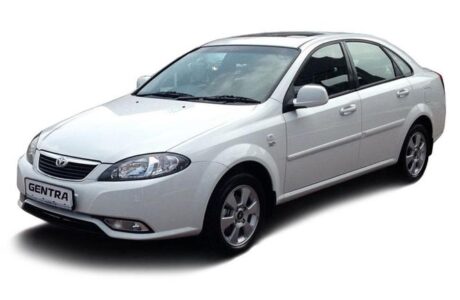
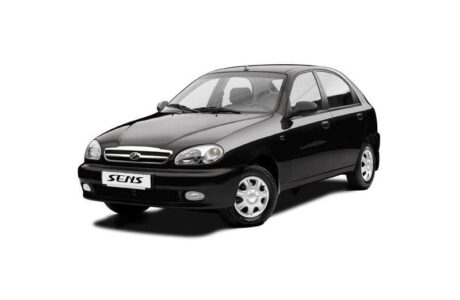
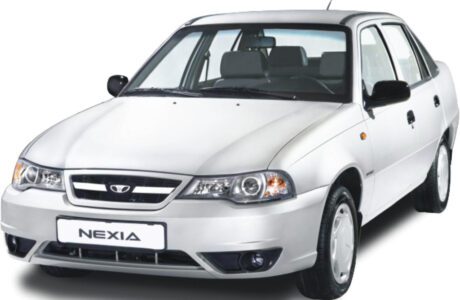
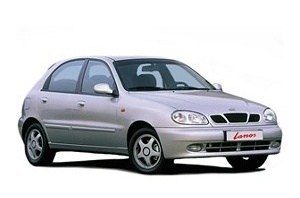

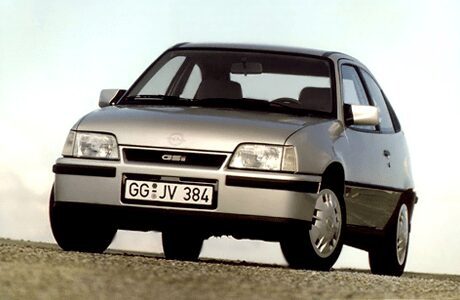
3 comment
Hisham Qassem
I want a catalog for Daewoo Damas mini bus, potty number KLY2B11ZDBC128204
Hisham Qassem
Daewoo Damas bus 2010 m
Hisham Qassem
Daewoo Damas mini bus 2010m